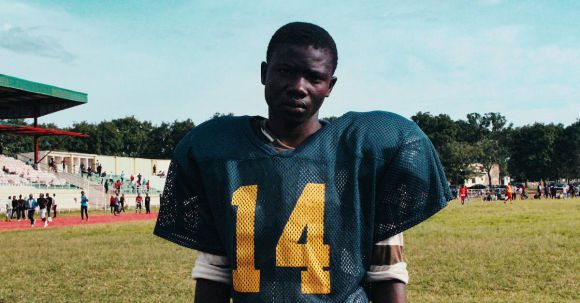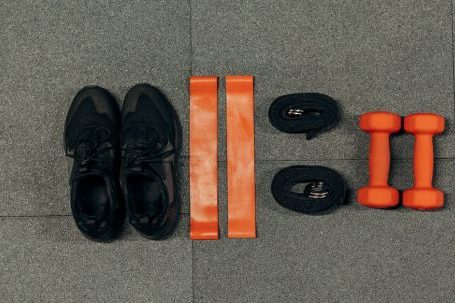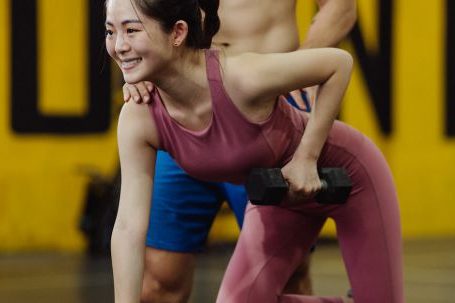In the world of sports, athletes are constantly seeking ways to gain a competitive edge. They train rigorously, fine-tuning their skills and pushing their bodies to the limit. One method that has gained popularity in recent years is sports-specific training. This type of training focuses on the specific movements, skills, and physical demands of a particular sport, helping athletes improve their performance and reduce the risk of injury. Whether you’re a professional athlete or a recreational enthusiast, incorporating sports-specific training into your regimen can take your game to the next level.
Understanding the Importance of Sports-specific Training
Sports-specific training goes beyond general fitness and conditioning. While traditional workouts can build strength and endurance, they may not address the specific requirements of your chosen sport. By tailoring your training to mimic the movements and demands of your sport, you can develop the specific skills and physical attributes needed to excel.
Developing Sport-specific Skills
Every sport requires a unique set of skills. For example, basketball players need agility, quickness, and jumping ability, while soccer players rely on speed, endurance, and precise footwork. By focusing on drills and exercises that mimic the movements and skills used in your sport, you can improve your technique and performance on the field or court.
Enhancing Sports-specific Strength and Power
Different sports require different types of strength and power. For instance, a football player needs explosive power and strength to tackle opponents, while a golfer requires core stability and rotational power for a powerful swing. By incorporating exercises that target the specific muscle groups used in your sport, you can enhance your strength and power in a way that directly translates to improved performance.
Improving Sports-specific Conditioning
Endurance and stamina are critical in nearly every sport. However, the demands of each sport vary greatly. For instance, a long-distance runner needs to build cardiovascular endurance, while a tennis player requires short bursts of intense effort followed by periods of rest. By tailoring your conditioning workouts to match the energy systems used in your sport, you can improve your ability to perform at a high level for longer periods.
Preventing Sports-specific Injuries
Injuries are a common occurrence in sports, and many of them are preventable. Sports-specific training can help reduce the risk of injuries by focusing on strengthening the muscles and joints that are most susceptible to injury in your sport. Additionally, by improving your technique and movement patterns, you can reduce the risk of overuse injuries caused by repetitive motions.
Creating a Sports-specific Training Plan
To incorporate sports-specific training into your regimen, start by analyzing the specific movements, skills, and physical demands of your sport. Consult with a sports trainer or coach who can help you design a training plan that targets these specific areas. Remember to gradually increase the intensity and volume of your workouts to avoid overtraining and injury.
Train Like a Champion
Sports-specific training is not just for elite athletes. Whether you’re a weekend warrior or a professional competitor, tailoring your training to your sport can help you reach your full potential. By focusing on developing sport-specific skills, enhancing strength and power, improving conditioning, and preventing injuries, you can train like a champion and take your performance to new heights. So, lace up your shoes, grab your racket, or step onto the field – it’s time to train like a champion and dominate your sport.





